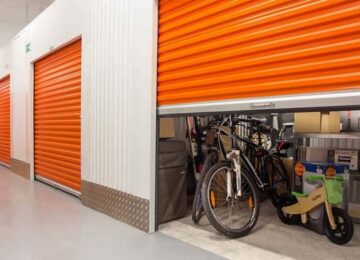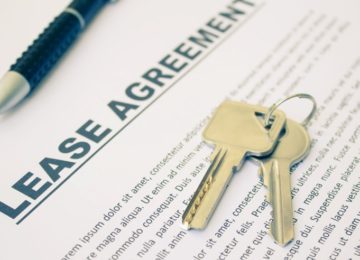Music and architecture are two elements that greatly impact our daily lives. They have the power to evoke emotions, create memories, and shape our experiences. When it comes to dining out, these two elements play a crucial role in creating an engaging and enjoyable experience for customers.
In recent years, there has been a growing trend of restaurants incorporating music and architectural designs into their establishment. This is because they have realized the impact these elements have on their customers’ dining experience. In this article, we will explore how music and architecture can influence your customer’s dining experience.
Impacts of Music on the Dining Experience
Music has the ability to set the mood and atmosphere in a restaurant. The right music can enhance the dining experience by creating an inviting and comfortable ambiance. It also has the power to evoke emotions and memories, which can greatly influence how customers perceive their meals.
Research has shown restaurant interior design and music can impact the perception of taste. In a study conducted by researchers at Oxford University, it was found that slow-paced music with low pitch and volume resulted in customers perceiving their food as more savory and enjoyable.
Furthermore, music can also affect the speed at which customers eat. Upbeat and fast-paced music has been linked to faster eating, while slower and softer music can encourage customers to slow down and savor their meals. This is important for restaurants as it can influence table turnover rate and overall customer satisfaction.
The Role of Architecture in the Dining Experience
Architecture is not just about the physical structure of a building; it also includes interior design, lighting, and overall ambiance. For the right architectural design, choosing an experienced architect is crucial as they can guide you through the dos and don’ts of restaurant interior design and create a space that enhances the dining experience for your customers.
One of the key elements in restaurant architecture is lighting. The type of lighting used can greatly impact the mood and atmosphere of a restaurant. Soft, warm lighting can create a cozy and intimate ambiance, while bright, cool lighting can give off a more modern and energetic vibe.
Interior design also plays a crucial role in the dining experience. The layout and design of a restaurant can affect customer flow, comfort, and overall aesthetic appeal. For example, using comfortable seating and creating a welcoming space can encourage customers to stay longer, leading to increased revenue for the restaurant.
Creating an Engaging Dining Experience
Both music and architecture are important elements in creating an engaging dining experience for customers. By carefully selecting the right music and designing the space with purpose, restaurants can greatly influence how their customers perceive their meals.
Moreover, incorporating these elements can also help create a unique brand identity for a restaurant. For more customer engagement, implementing some of the top restaurant design tips is useful and effective, especially when coupled with the right music.
The Bottom Line
Music and architecture are essential elements in creating a memorable and enjoyable dining experience for customers. By understanding the impact of these elements on perception, mood, and atmosphere, restaurants can enhance their customer’s overall experience. So the next time you dine out, pay attention to the music and design of the restaurant – it may just make your meal taste even better!











